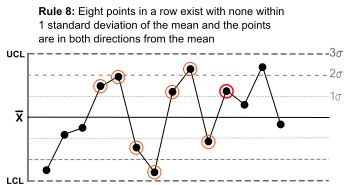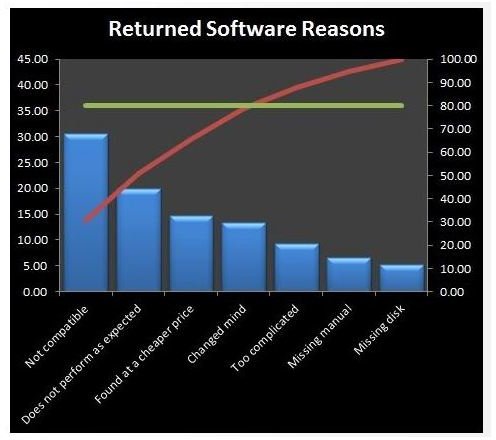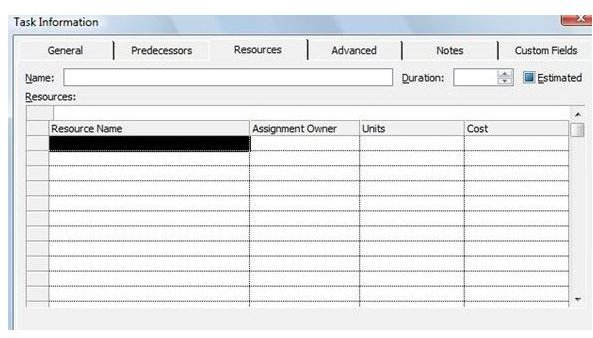One-Stop Guide to Six Sigma Including Free Tools and Certification
The most simple explanation of this methodology first used by Motorola, offered in our first article, is that this quality improvement process “aims to reduce defects to 3.4 per million opportunities.” Six Sigma is all about getting the product or project done on time, within budget and with the smallest amount of errors and production time. The introduction of Lean Six Sigma meant leaders in this methodology wanted even more streamlined processes.
To be a master at Six Sigma, one can become certified at many on-site and distance-learning centers. Via those educational venues, one can study and work on Six Sigma projects for a better understanding of the various tools and processes used in the methodology.
There are acronyms such as DMAIC, DMEDI and DMADV, and all are valuable in Six Sigma. However, when do you choose one process or phase over another? DFSS or Design for Six Sigma works best using the DMADV process but in our guide to Six Sigma we’ll take a look at all these acronym processes.
The tools behind Six Sigma are most likely what makes it such a popular methodology. Pareto charts, Gantt charts and other control charts can be found in this guide including free downloads and tips on how to create your own with ease.
We also delve deep into Six Sigma training and where to find it and even look at the Six Sigma Master of Science degree.
Explaining Six Sigma
We first consider those who are new to Six Sigma or simply want to learn more on what the methodology is and how it works—along with its history. Here, we also take a look at Lean Six Sigma and its main focus and include a must-read guide to Lean.
After this first collection of posts, not only will you know all about the methods behind the methodology but you will be able to decide whether it’s one you want to explore more and actually implement in your projects.
- History of Six Sigma
- Defining Six Sigma
- What Is the Purpose of Six Sigma?
- Six Sigma Explained in Plain English
- What Is Lean Six Sigma?
- Guide to Lean Six Sigma
- The Focus of Lean
DMAIC

DMAIC means define, measure, analyze, improve and control–standard phases in most Six Sigma projects. DMAIC aims to reduce those defects by foresight and control. Here, Six Sigma Black Belt expert and Bright Hub contributor Heidi Wiesenfelder offers up detailed posts on each of the DMAIC phases which are must reads for those using DMAIC. We also explore when DMAIC should be used over another phase process.
- Must-Have Guide to DMAIC
- DMAIC Overview
- When to Use DMAIC
- Define Phase
- Measure Phase
- Analyze Phase
- Improve Phase
- Control Phase
DMADV, DMEDI and DFSS
Then there are those other acronyms behind Six Sigma–DMADV or define, measure, analyze, design and verify; and DMEDI or define, measure, explore, develop and implement. As we said DMADV is commonly used in Design for Six Sigma (DFSS), but how? Learn that here along with essential DFSS tools.
We of course had to compare DMADV to DMAIC and DMEDI to DMAIC to help our readers make a better choice on phases and how the work flows within a Six Sigma project. You’ll be well versed in all these phase processes by reading this next collection of posts.
- The Steps in DMADV
- Sample DFSS Project Using DMADV
- Design for Six Sigma (DFSS) Process
- DFSS Tools
- Using DMEDI
- DMADV vs. DMAIC
- DMEDI vs. DMAIC
Free Tools, Charts and Templates

The Six Sigma methodology uses a lot of tools much like any other management methodology. You can skip searching for free downloads, templates and tips on how to create–we have these tools right here on Bright Hub!
It’s easy to make a Pareto or Gantt chart in MS Excel, and we’ve also included a total guide on Six Sigma control charts, including the most commonly used. Need to create a histogram and learn what it is? Look no further. We end up this collection with a sample project charter you can use in any Six Sigma project.
- Must-Have Guide on Six Sigma Control Charts
- Common Control Charts
- Why Use Pareto Charts?
- Make a Pareto Chart in Excel
- Using Excel to Create a Gantt Chart
- 10 Free Six Sigma Tools to Download
- Create a Six Sigma Histogram in Excel
- Examples of Lean Six Sigma Gantt Charts
- Is There a Difference in Control Charts for Two Sigma vs. Three Sigma?
- Example of a Six Sigma Project Charter
Comparisons
We would be remiss if we didn’t explore topics where we compared Six Sigma with other methodologies such as Three Sigma, Lean, Total Quality Management or TQM, and even the Capability Maturity Model Integration (CMMI).
Never guess again about what will work on your project once you’ve explored these “versus” articles. Not only will you gain valuable knowledge, you’ll be better prepared to make an educated decision.
- Six Sigma vs. Three Sigma
- Lean Six Sigma vs. Total Quality Management (TQM)
- Six Sigma vs. Lean
- CMMI vs. Six Sigma
- Quality Management vs. Six Sigma
Six Sigma Training and Certifications

Those who study and utilize Six Sigma or even mentor others as masters often seek certification or recommend becoming certified. Is it worth your time and money to become certified, and should you consider distance or online training or find an onsite university type venue?
Finally, we explore the types of attainable belts in Six Sigma such as yellow, green and the black belt and offer an in-depth look at each to better aid you in climbing the ladder in this great project management methodology.
- How Valuable Is Six Sigma Training
- Six Sigma Distance Training
- Best Online Sources for Six Sigma Training
- An Overview of Six Sigma Certification
- All About Six Sigma Belts
- Achieve a Six Sigma Black Belt
- Six Sigma Yellow Belt Certification
- Green Belt Certification
- Six Sigma Master of Science Programs
In all Bright Hub’s how-to guides, we hope we answer every question we can–and the same goes for our Six Sigma guide. If you find after exploring this guide your question isn’t answered, please drop us a comment and we’ll be happy to research the query for you.
References
-
Image Credits:
Six Sigma / Wikimedia Commons / saramg / GNU Free Documentation License
Control Charts for Nelson Rules / Wikimedia Commons / GMcGlinn / C.C. 3.0 License
Screenshot of Excel Gantt Chart courtesy of Michele McDonough
Screenshot of Excel Pareto Chart courtesy of Michele McDonough
